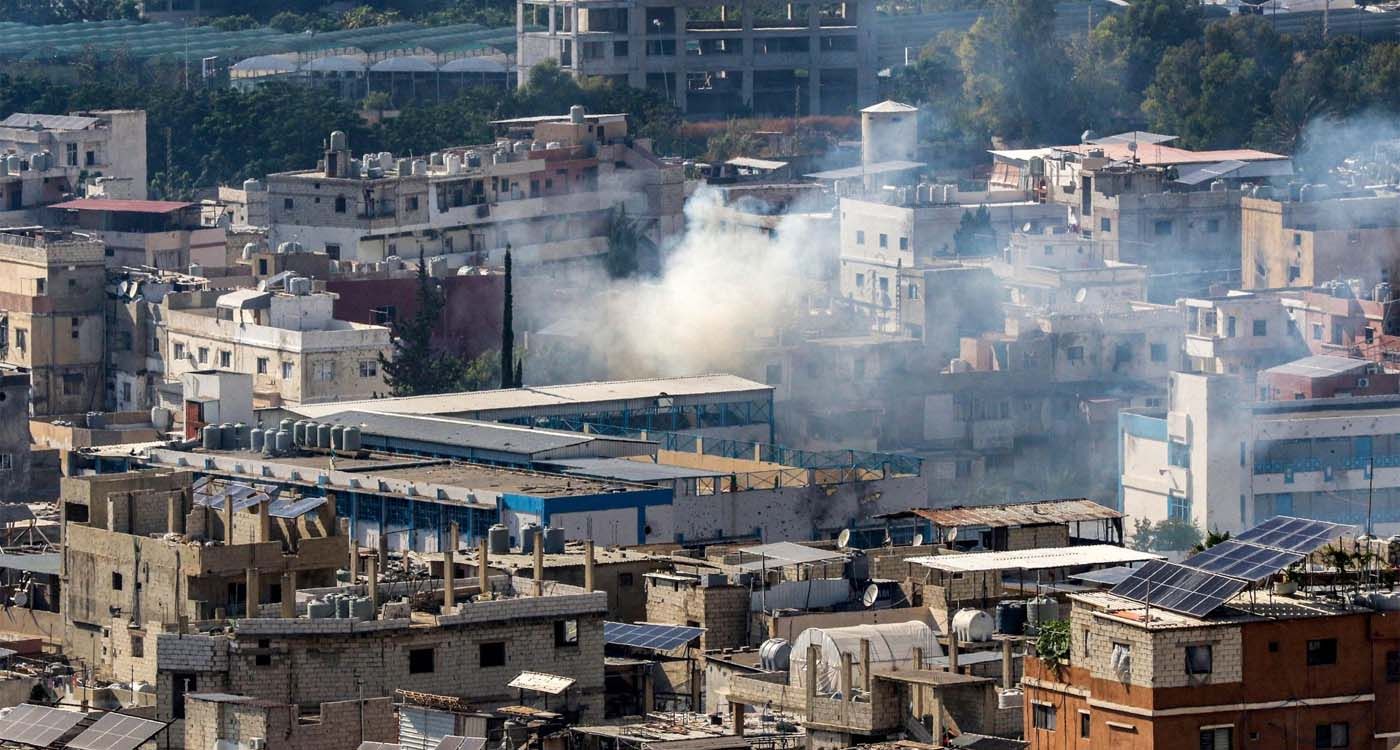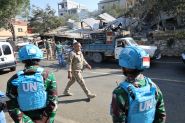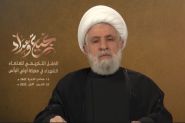
The disarmament of Palestinian camps in Lebanon is set to begin in mid-June 2025 under a plan jointly developed by the Lebanese government and the Palestinian Authority. This initiative was a key focus of President Mahmoud Abbas’s recent visit to Beirut and was the main topic of a security meeting convened by President Joseph Aoun at the Baabda Palace, where officials reviewed the proposed implementation measures.
The plan will be implemented in phases, starting with the camps surrounding Beirut—Bourj el-Brajneh, Shatila, and Mar Elias—considered the least problematic from a security perspective. The second phase, scheduled for early July, will target the Al-Jalil camp in the Bekaa, followed by Beddawi in northern Lebanon.
Lebanon officially hosts 12 Palestinian refugee camps recognized by UNRWA (the United Nations Relief and Works Agency for Palestine Refugees in the Near East), scattered across the country.
Military experts consulted by This is Beirut highlight the difficulty of precisely assessing arms stockpiles within the camps, as reliable intelligence is limited to a few agencies. There is broad consensus that the Beirut-area camps pose a limited security risk, while those in southern Lebanon—where Hezbollah-affiliated factions are active—present far more complex challenges. At this stage, disarmament is primarily viewed as a test of political will rather than a purely technical or military operation.
Retired General Khalil Helou emphasizes that armed presence in the Beirut camps is currently minimal. “These camps were largely disarmed in the 1980s, following clashes with the Amal movement and the Israeli invasion of 1982,” he notes.
According to Helou, securing the Beirut-area camps does not constitute a major challenge for the Lebanese State. The true test will be disarming Ain el-Helweh camp in Saida—the largest in Lebanon, with an estimated population between 40,000 to 70,000, including many Palestinian refugees from Syria.
Ain el-Helweh is home to a complex array of armed groups. Fatah fields between 400 and 500 fighters split into several factions, some openly hostile to President Mahmoud Abbas. Hamas maintains a significant presence with roughly 300 fighters, similar to its strength in camps near Tyre. Additionally, about 500 members of radical Islamist groups and fighters from other Palestinian factions are active. The camp’s security is officially managed by a joint force of approximately 75 fighters and officers representing most of these groups.
Over the years, Ain el-Helweh has become a fortress where Lebanese security forces are barred entry, effectively turning it into a refuge for outlaws. It harbors a sizable arsenal, evidenced by deadly clashes between July and September 2023 involving Fatah loyalists and Salafist groups such as Osbat al-Nour, reportedly backed by Hezbollah.
General Helou clarifies that “these weapons are not heavy.” He explains, “There are no longer anti-aircraft missiles, artillery or tanks—mainly small arms, mortars and anti-tank missiles remain.”
While these weapons can still fuel armed conflict, the military capacity of these groups has notably weakened over time. Helou stresses that “possession of weapons alone is insufficient; they require maintenance and fighters need funding and structured command”—all of which are increasingly lacking.
He recalls that during Lebanon’s civil war, some Palestinian factions had budgets larger than the Lebanese Army’s.
Regarding external support, Helou expresses skepticism that countries like Iran or Qatar currently provide significant funding to Hamas in Lebanon: “If such funding exists today, it is very limited.”
Conditions and Challenges
The obstacles to disarming the Palestinian camps extend beyond logistical issues. Several factions link their cooperation to demands including the regularization of wanted individuals—nearly 2,500 in Ain el-Helweh, with approximately 1,200 accused of terrorism-related offenses—a general amnesty, and improvements in camp living conditions.
Complicating matters is significant uncertainty over post-disarmament security arrangements, as no clear framework has been established for managing the camps once weapons are surrendered.
General Helou underscores that the success of disarmament heavily depends on the regional context, particularly the situation in Gaza and ongoing US-Iran negotiations, which strongly influence local dynamics.
It is noteworthy that the 2023 clashes in Ain el-Helweh erupted amid attempts at reconciliation between Hamas and the Palestinian Authority—efforts reportedly undermined, but unsuccessfully, by Hezbollah.
Ultimately, disarming the Palestinian camps in Lebanon represents a major political test. The Lebanese State is determined to reassert full territorial control and monopolize arms possession but appears to be avoiding direct confrontation for the time being. Meanwhile, Hezbollah remains resolute, neither disarming nor relinquishing its influence over certain Palestinian factions.
“It’s not about weapons, but political will,” concludes General Khalil Helou—a will that, given Lebanon’s internal divisions and regional tensions, remains to be proven.





Comments